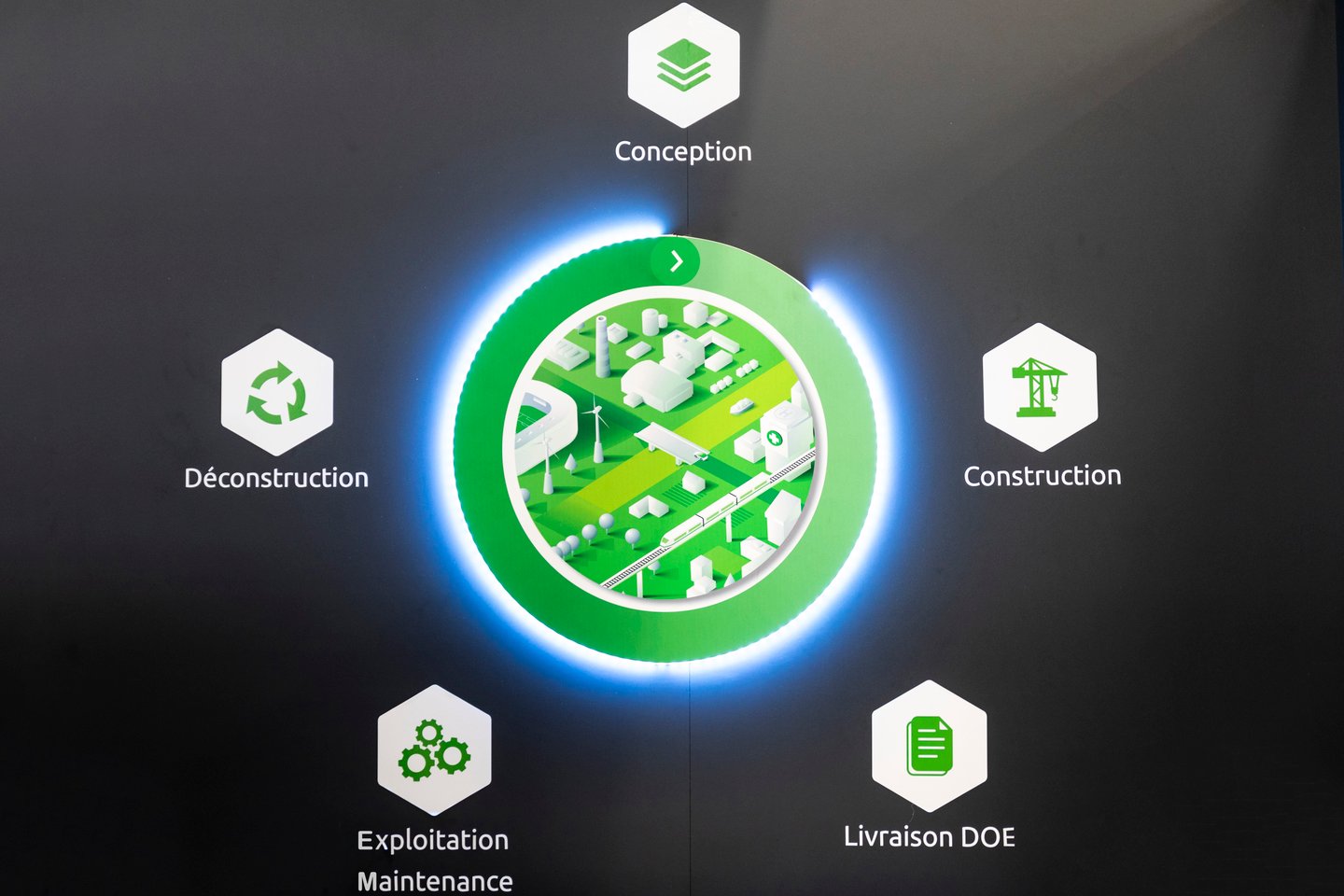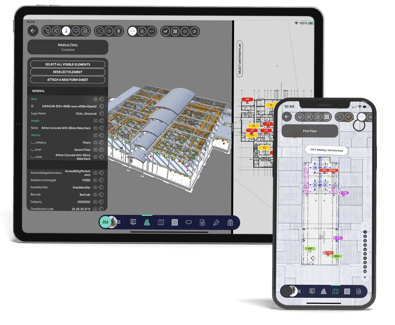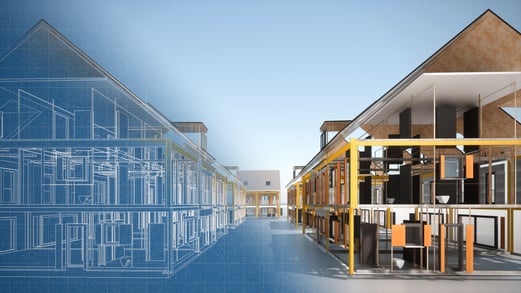Published on
BIM, the -guardian- of the asset’s life cycle

In an asset’s life cycle, there are many steps that correspond pragmatically to the progress of work on the assets and their use in the short or distant future. All these steps can be more easily and better mastered through BIM.
The life cycle of assets refers to the stages from the design and construction of a building to its operation and maintenance through to its deconstruction. While there has been no real revolution in the building manufacturing process, with the exception of off-site construction, BIM is a real change in the management of the different stages of an asset's life. Indeed, it will guide the team of stakeholders throughout the life cycle of the asset, on a collaborative basis.
The design and construction of the asset: first uses of BIM
BIM makes it possible to understandably design complex forms of construction and buildings through clear modelling. Thanks to several anticipated simulations (e.g. premature simulations), BIM makes it possible to improve the quality of the construction through the various successive projects. It is also a simple way to work on what is called the program, that is to say the definition and optimisation of the use of the asset. Thus the project owner, the project manager and the future operator can easily view the technical and material specificities that the use of the asset will impose

For the first time, the asset is tangible from the start of work. It is no longer a digital projection. It will really “come to life”. Although it would seem that BIM has a limited input during this phase, in reality, BIM is an excellent way to manage business interventions. Modelling the work phases makes it possible to anticipate and manage shifts, for example. It is also at the end of this stage that the handover file and the file of subsequent work will be given to the operator and the management company as part of a co-ownership arrangement. Having ensured the evolution of the digital model throughout the progress of the work of the asset, these files will correspond in all respects to the reality of the building and thus facilitate its maintenance.
After delivery, the operation of the asset
During the period of operation and management of the asset, BIM is an effective maintenance tool, as each intervening contractor can accurately find the relationship between the visits and actions of the other contractors, thus avoiding loss of information, misunderstandings, and delays in intervention (e.g. carrying out the control of the smoke detectors and extinguishers).
Finally, less controlled but equally important, the use of BIM facilitates remote interventions through step-by-step guidance by means of commented photos or explanatory notes linked to the elements of the asset directly accessible within a platform such as Kairnial. For on-site maintenance staff, this information significantly reduces the cost of maintenance by mobilising an on-site team with minimal staff and specialisations.
BIM enhances and values the management company's mission by giving an "anti-waste" value to its interventions: replacement of equipment only when necessary, reduction of interventions, and reduction of the scale of interventions (only replace the burner and not the boiler, for example). It therefore makes it possible to control the burden of expenses for tenants and landlords.
Deconstruction, the last step in the asset’s life cycle
The deconstruction of assets is very far from the “dream” image of a wrecking ball smashing against the walls of the asset and leading to its demolition. In reality, this stage requires colossal preparation work since it is necessary both to plan the processing and recycling of materials but also the possible hazards related to the equipment. For example, a hospital contains a large number of electronic tools or toxic waste. All this equipment, contained in the digital model and accessible via Kairnial, offers the project stakeholders the opportunity to anticipate and plan almost all the actions to be taken to work safely for themselves and for the environment.

BIM is therefore proving to be a guiding thread that unites while it informs and guides the various stakeholders and users through the maze of the different stages of the asset's life. With a platform like Kairnial, you have the opportunity to optimise software acquisition costs while strengthening your reputation as an expert.
Sources :

